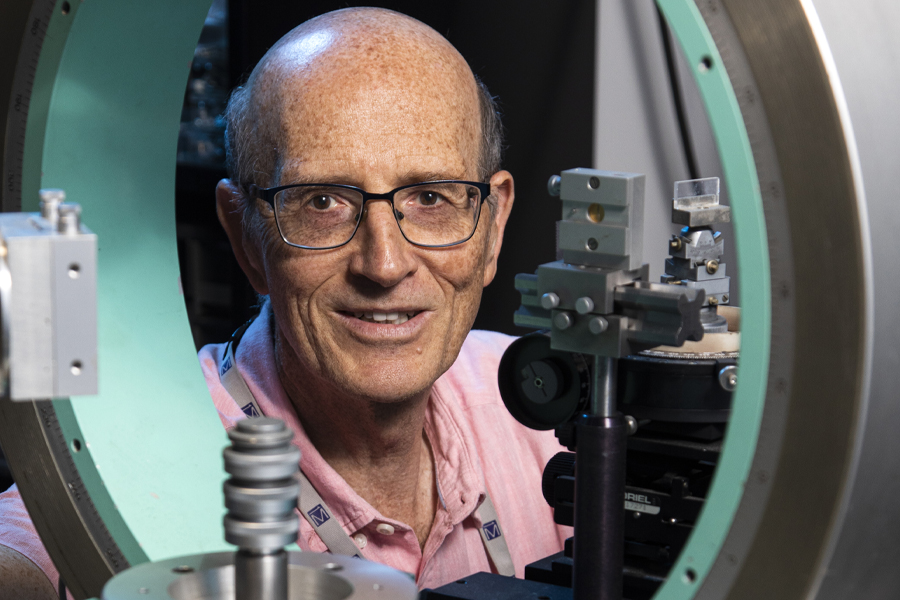
The principles of superconductivity make a variety of modern technological marvels possible. MRI machines, maglev trains and high-energy particle accelerators work because of superconductivity.
FAMU-FSU College of Engineering Professor Theo Siegrist will research materials that could improve the performance of superconductors thanks to a grant of nearly $500,000 from the National Science Foundation.
Superconductors move electricity with no resistance and can generate strong magnetic fields. But nearby magnetic fields or temperatures above a certain threshold can stop them from working as superconductors, instead returning them to the state of a normal metal with electrical resistance.
Siegrist will explore how a compound made of niobium, palladium, and either sulfur or selenium withstands interference from those forces. The material is a Type II superconductor, which means it can tolerate some interference from magnetic fields. It keeps its superconducting properties even with interference from magnetic fields four times greater than leading theories predict, making it an intriguing target for further investigation.
“Something is odd,” Siegrist said. “Something is interesting. If we understand why this is happening, then we can start to think about engineering other types of materials, where we can go to higher magnetic fields and still maintain superconductivity.”
The researchers will grow crystals made of those compounds and examine them using X-rays to investigate their structures and how those structures correspond to their ability to withstand interference.
The exact chemical mixture of the compound can contain varying amounts of palladium and of sulfur or selenium. Previous research from Siegrist’s team showed that the amount of palladium affects its ability to withstand magnetic interference.
“We’d like to understand the origin of this behavior,” Siegrist said. “Is there a microscopic origin? What does it depend on? Can it be engineered? Can it be changed? We don’t really understand why it’s doing it, but now we have a way of tweaking it and interrogating the system to see how it responds.”
Along with the research findings, the project also will train graduate students and doctoral students to continue moving science forward, an important outcome in a world that relies on advanced tools such as superconductors.
“A graduate student is as much a product as a research result,” Siegrist said. “We need the next generation of researchers, whether they’re working in industry or government or academia or anything else.”




